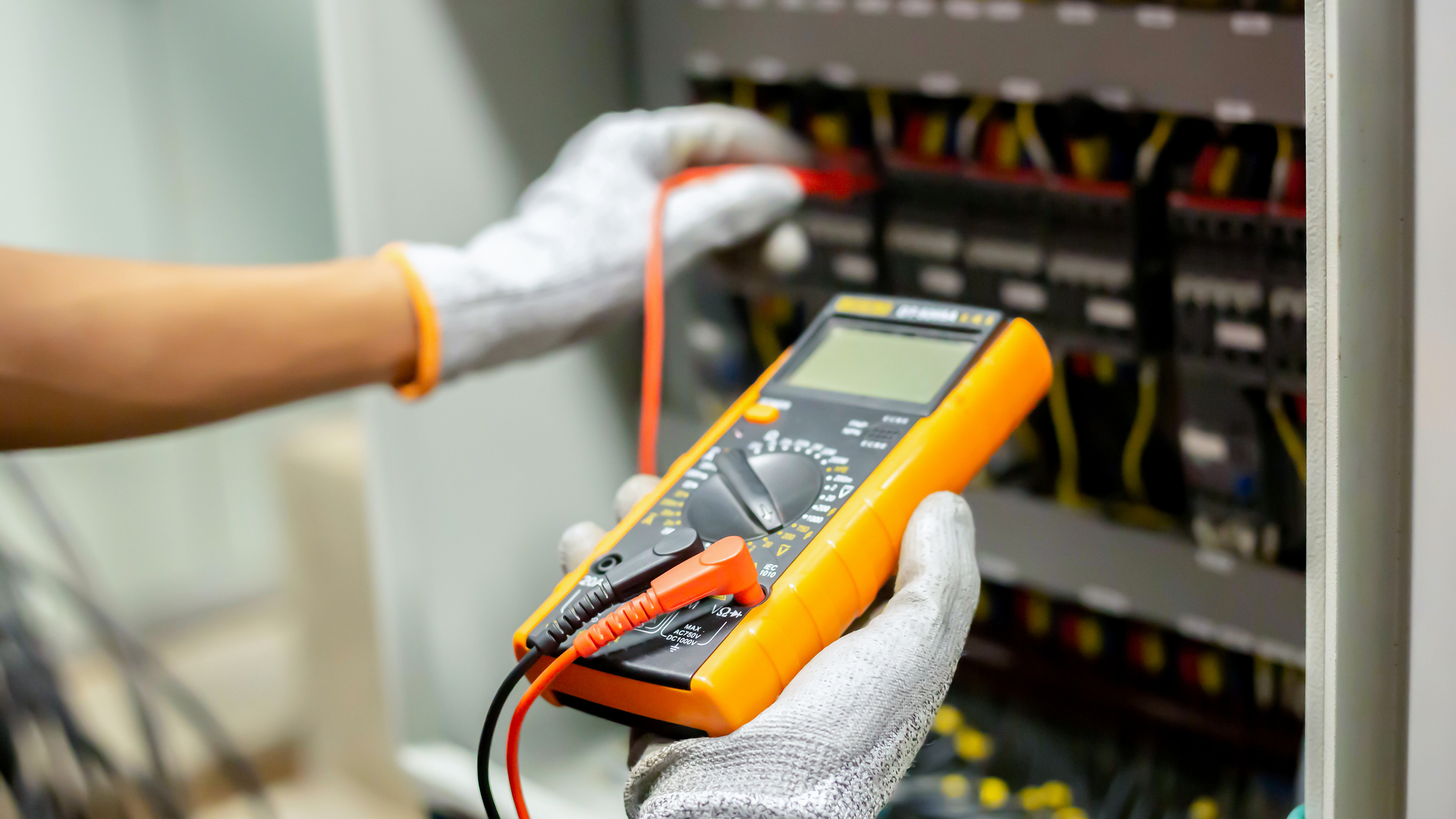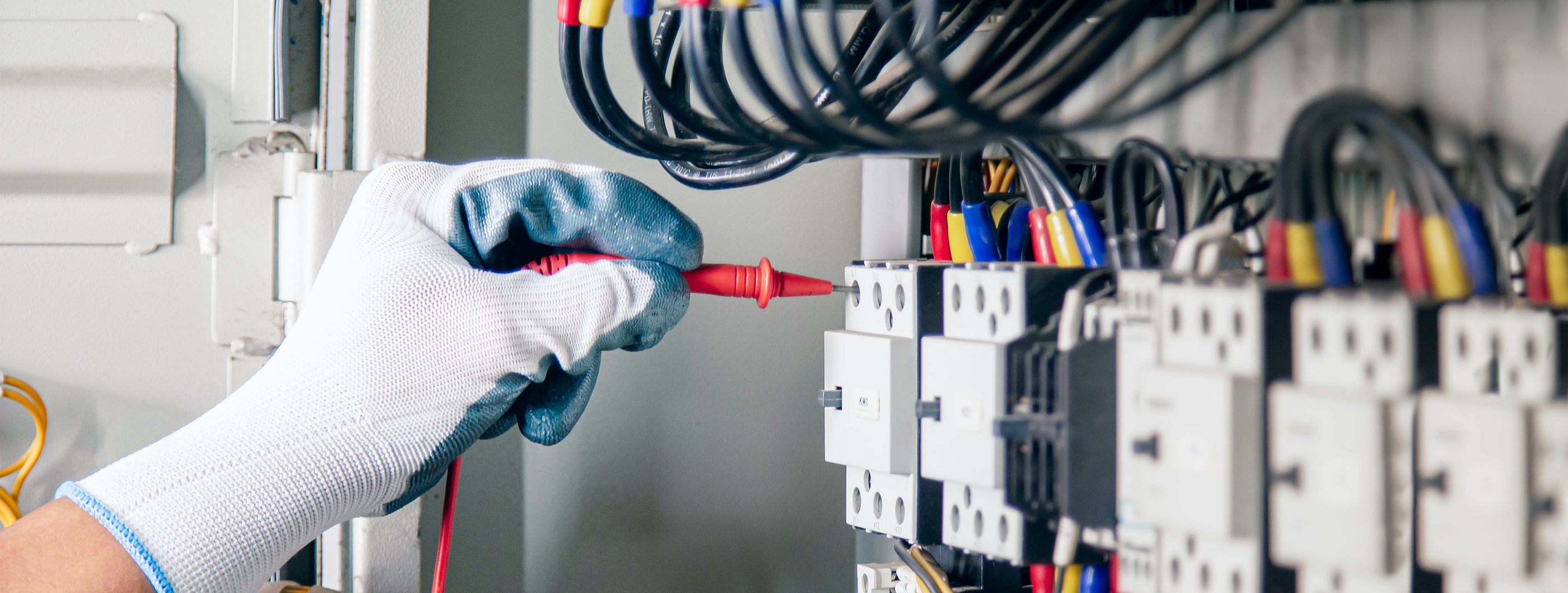Electrician Safety Tips: Key Guidelines for Contractors | CraftJack
Discover essential electrician safety tips to protect your team. Read on to learn best practices you can follow to enhance your contracting business.

As an electrical contractor, your safety and that of your workers and clients is of absolute, utmost importance. Along with your electrical expertise, your knowledge of and adherence to safety protocols is a primary reason home and business owners hire you, the professional. We’ve put together this guide on electrician safety tips to help you formulate and communicate your safety practices to your team and your clients.
Stay safe as you expand at lightning speed and collect more leads to grow your business by signing up for the CraftJack Pro app today!
How to Ensure an Electrician’s Safety
It goes without saying that the electrical field, while rewarding, comes with its own set of risks. Proper safety practices aren't just about adhering to regulations — they're about protecting lives. By following essential electrician safety tips, you can foster trust, avoid unnecessary costs, and ensure the smooth completion of projects.
How to Plan Electrician Safety
Training and Continuing Education
The foundation of any electrician’s safety is thorough training. Ensure all electricians are certified and up to date with the latest safety protocols. And don't stop at initial training; regular refresher courses can help reinforce best practices.
Regular Equipment Inspection
From multimeters to insulating gloves, routinely check all equipment. Faulty gear can turn a routine task into a life-threatening situation.
Clear Communication
Before starting any project, make sure everyone involved understands their role, the risks, and the safety protocols in place. Good communication can prevent many accidents.
Know the Work Area
Familiarize yourself with the workspace. This includes checking for water sources, determining where the breaker panels are, and identifying any other potential hazards.
Need more insights on becoming a thriving electrical contractor with CraftJack? Check out our guide on being a successful electrical contractor.
Understanding Electrical Hazards
In the realm of electrical work, several potential hazards demand an electrician's attention. Electric shocks are among the most immediate threats faced, often leading to quick reactions that can escalate the danger. Using insulated tools, providing proper personal protective equipment (PPE), and ensuring all equipment is grounded are essential precautions against such shocks.
Electrical burns, another significant risk, stem from electric currents passing through the body. Ground fault circuit interrupters (GFCIs) can be instrumental in preventing these burns. However, even more insidious are electrical fires, which often arise from subpar wiring or inferior equipment. Regular inspections and insisting on quality materials can mitigate these risks.
Then there's the ultimate hazard: electrocution. This fatal consequence underscores the importance of disconnecting the power source before commencing any electrical task. Finally, arc blasts, resulting from electrical faults leading to explosions, remind electricians of the criticality of using arc-flash protective gear and ensuring circuits are safely closed.
Inadvertent contact with electricity can also cause involuntary muscle reactions, potentially leading to falls, especially when elevated. The use of safety harnesses when working above ground level is vital to protect against such incidents.

10 Essential Electrician Safety Tips
- Turn off the power: Always ensure the power source is turned off before beginning any electrical work. It's a basic electrician safety tip but worth repeating.
- Use insulated tools: These can act as your first line of defense against accidental electric shocks.
- Always wear PPE: This includes insulated gloves, safety goggles, and flame-resistant clothing.
- Always ground yourself: This can be a lifesaver in situations where there might be stray electricity.
- Avoid wet conditions: Electricity and water are a dangerous combination. Never work in wet conditions unless absolutely necessary, and always use waterproof equipment.
- Label all circuit breakers and fuses: Proper identification can prevent accidental electrocutions.
- Follow lockout/tagout procedures: Ensure the power source is locked and tagged out before working on any circuit or equipment.
- Stay updated with the National Electrical Code (NEC): The NEC is continuously updated. Staying informed ensures you’re always compliant with the latest safety standards.
- Regularly test electrical installations: This helps identify potential issues before they become dangerous.
- Maintain a safe distance: When working near high-voltage areas, always maintain a safe working distance and use tools with longer handles.
For more information on thriving as an electrician, here are some resources to guide you: trade organizations you should know about and tips on what to include in your electrical estimate.
Incorporating Technology for Safety
The digital age has ushered in numerous technological advancements designed to elevate safety standards in the electrical industry. For instance, noncontact voltage detectors have become essential equipment for every electrician. They enable professionals to ascertain the presence of electricity in outlets, switches, or devices without direct contact, ensuring a circuit is inactive before it's worked upon.
Infrared thermographic inspections have emerged as a vital safety tool, highlighting overheating components or connections and thereby predicting potential failures and reducing hazards. Circuit analyzers further contribute by offering detailed insights into outlet circuit conditions, making sure operations remain within safe and regulated bounds.
But it's not just about hardware; the software realm has seen the rise of mobile safety apps. These apps provide invaluable access to the latest NEC codes, safety guidelines, and even on-the-spot first aid advice in emergencies.
The frontier of wearable technology is pushing boundaries, too. Innovations like smart helmets equipped with augmented reality provide electricians with real-time data, access to electrical blueprints, and timely safety warnings. Some of these wearables can even monitor an electrician's vital statistics, promptly detecting fatigue or health concerns. This technology can serve as a groundbreaking safety net, helping you and your team anticipate and avoid potential hazards with ease.
Electrician Safety Checklist
As you or your team of electricians navigates tasks, following a systematic safety checklist ensures everyone remains protected and efficient at all times.
Here's a concise electrician safety checklist for easy reference:
- Have you conducted a safety briefing?
- Is the power source turned off?
- Have you checked your tools and equipment?
- Are you wearing the necessary PPE?
- Did you ground yourself?
- Have you avoided wet conditions?
- Are circuit breakers and fuses labeled?
- Have you locked and tagged out the power source?
- Is everyone maintaining a safe distance from high-voltage areas?
- Have you consulted the latest NEC?
Stand Safely Above the Rest
The electrical contracting business is as much about safety as it is about precision and expertise. Prioritizing the above electrician safety tips can help keep your employees safe, your clients happy, and your business prosperous.
Are you ready to elevate your contracting business? When you join CraftJack, you get quality leads, seamless job scheduling, and more. So, sign up and start winning more jobs with the Pro app today!


